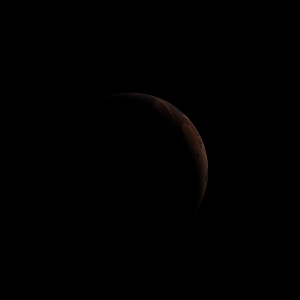|
|
Space Astro
|
Info for exoplanet "Noberde Aepina"
| Scientific (actual) data |
|---|
| Name | Kepler-1730 b |
| Planet status | Confirmed |
| Radius | 0.40013 |
| Orbital period | 13.8102 |
| Semi major axis | 0.1131 |
| Inclination | 88.04 |
| Discovered | 2017 |
| Updated | 2024-06-10 |
| Tzero tr | 2455010 |
| Impact parameter | 0.791 |
| Temperature (kelvin) | 833 |
| Publication | Announced on a website |
| Detection type | Primary Transit |
| Alternate names | KOI-900 b, KOI-900.01 |
| Star name | Kepler-1730 |
| Right ascension | 281.96° |
| Declination | 43.7° |
| Mag i | 15.209 |
| Mag j | 14.197 |
| Mag h | 14.023 |
| Mag k | 13.849 |
| Star distance | 1427.08 |
| Star metallicity | -0.04 |
| Star mass | 0.99 |
| Star radius | 1.158 |
| Star sp type | G4V |
| Star age | 7.4 |
| Star temperature | 5598 |
| Star alternate names | 7938496, KOI-900, 2MASS J18475055+4342112 |
| Wikipedia article | Kepler-1730 b |
Back
| |
| Fictional info (?) |
|---|
| Suggested name | Noberde Aepina |
| Planet type | Terrestrial |
| It may have had methane oceans in the past, but these would have vaporized as the temperature rose due to a runaway greenhouse effect.
Its north and south poles, therefore, lie where most other planets have their equators. |
| Estimated population | 11000000000 |
| Atmosphere | Water | 50% |
| Carbon dioxide | 46% |
| Methane | 2.5% |
| Oxygen | 0.46% |
| Atmospheric pressure | 0.001 bar |
 |
| No known satellites |
| Google search for Noberde aepina |
|
Website by Joachim Michaelis
|
|
|
|